Archives
- 2025-11
- 2025-10
- 2025-09
- 2025-03
- 2025-02
- 2025-01
- 2024-12
- 2024-11
- 2024-10
- 2024-09
- 2024-08
- 2024-07
- 2024-06
- 2024-05
- 2024-04
- 2024-03
- 2024-02
- 2024-01
- 2023-12
- 2023-11
- 2023-10
- 2023-09
- 2023-08
- 2023-07
- 2023-06
- 2023-05
- 2023-04
- 2023-03
- 2023-02
- 2023-01
- 2022-12
- 2022-11
- 2022-10
- 2022-09
- 2022-08
- 2022-07
- 2022-06
- 2022-05
- 2022-04
- 2022-03
- 2022-02
- 2022-01
- 2021-12
- 2021-11
- 2021-10
- 2021-09
- 2021-08
- 2021-07
- 2021-06
- 2021-05
- 2021-04
- 2021-03
- 2021-02
- 2021-01
- 2020-12
- 2020-11
- 2020-10
- 2020-09
- 2020-08
- 2020-07
- 2020-06
- 2020-05
- 2020-04
- 2020-03
- 2020-02
- 2020-01
- 2019-12
- 2019-11
- 2019-10
- 2019-09
- 2019-08
- 2019-07
- 2019-06
- 2018-07
-
To further clarify the vascular cell types expressing AR sub
2024-08-09

To further clarify the vascular cell types expressing AR subtypes, double immunofluorescence staining for ARs and vascular endothelial Go 6983 or vascular smooth muscles was performed. As shown in Fig. 3, Fig. 4, overlay images show the expression of all ARs subtypes that we examined in vascular en
-
br Adiponectin receptors in colorectal cancer development
2024-08-09
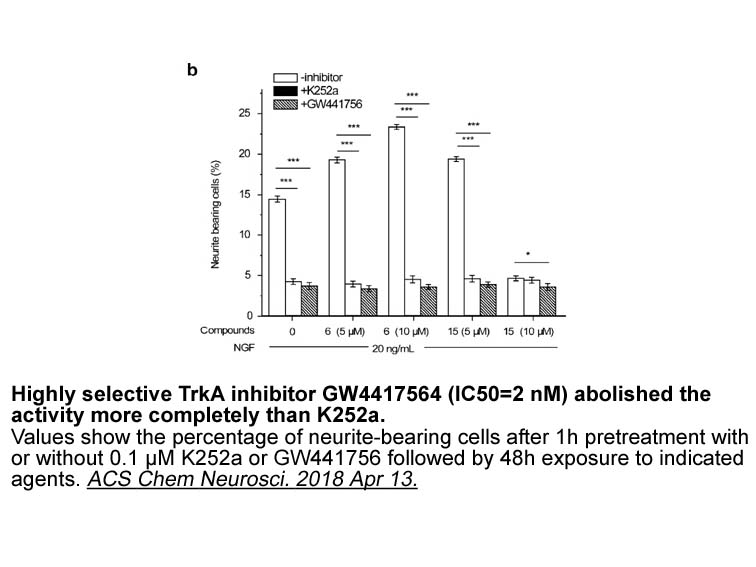
Adiponectin receptors in colorectal cancer development APN receptors expressed in CRC tissue may mediate its effects on cell expansion and cell death (Byeon et al., 2010). It was observed that the expression of AdipoR1 and 2 is higher in CRC tissue than in counterpart healthy tissues (Williams et
-
Since the cloning of ARs in the beginning of
2024-08-08

Since the cloning of ARs in the beginning of the 1990s, the efforts to characterize them have led to the accumulation of a substantial amount of experimental data. Decades of site-directed mutagenesis (SDM; Box 1) studies, in combination with pharmacological data and computational modeling, have pav
-
br Acknowledgments The authors would like to thank Ms
2024-08-08

Acknowledgments The authors would like to thank Ms. Ashley Davis for her administrative assistance in preparing this article and Mr. Dan Beck for his artistic contributions to Fig. 1. Introduction Acetylcholine is the most abundant neurotransmitter in the central nervous system (CNS) of insec
-
During the year study period of men in the
2024-08-08

During the 4-year study period, 19.9% of men in the dutasteride group developed prostate cancer as compared to 25.1% in the placebo group, which represents an absolute risk VE-822 of 5.1% for men taking dutasteride (Pe weighed against the prospect of undesirable sexual side effects and decreased qu
-
Temozolomide In humans the major LOs are subdivided by
2024-08-08

In humans, the major LOs are subdivided by their positional specificity into 5-(ALOX5), 12-(ALOX12) and 15-LO (ALOX15) (Kuhn et al., 2015). 5-LO is the key enzyme for LT biosynthesis and mainly found in mature cells from myeloid origin, including neutrophil, eosinophil and basophil granulocytes, mon
-
Several tertiary prevention studies are currently underway e
2024-08-08
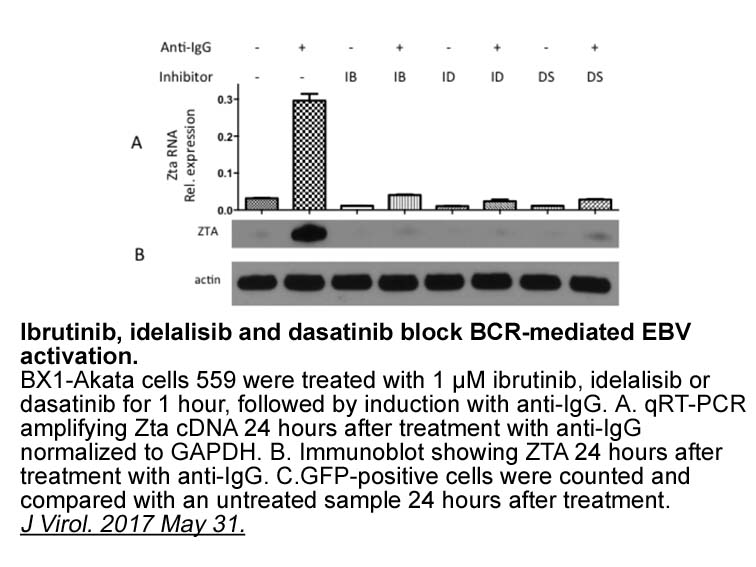
Several tertiary prevention studies are currently underway examining the use of dutasteride for prostate cancer treatment: (1) during expectant management of prostate cancer, (2) after radical prostatectomy in men at high risk for relapse, and (3) in men with metastatic disease. The Reduction by Dut
-
br Acknowledgments br Introduction Cancer is the leading cau
2024-08-08
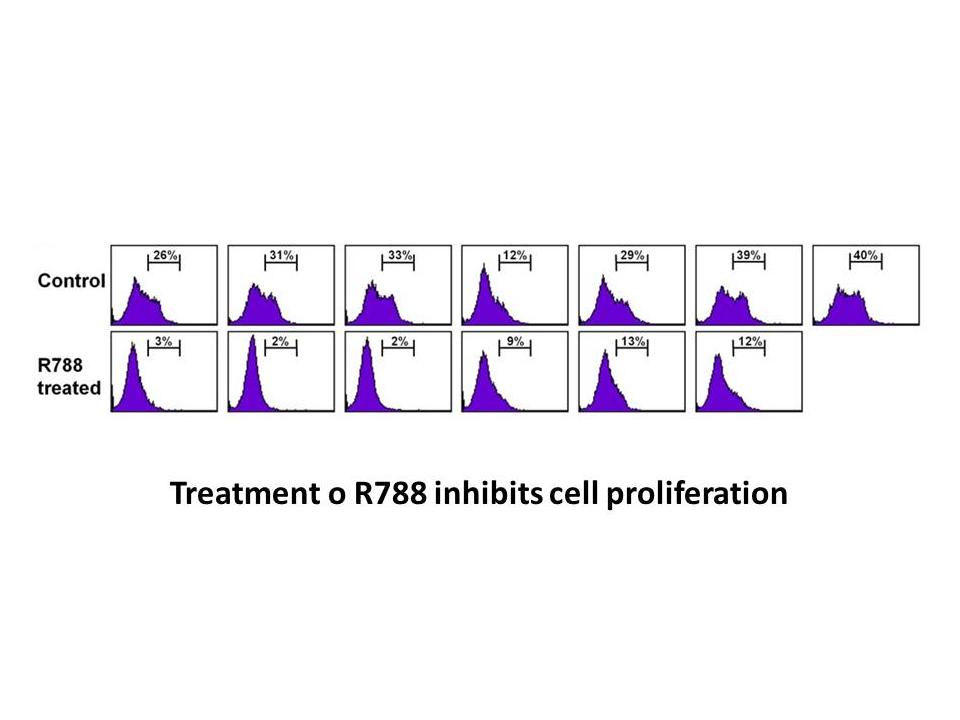
Acknowledgments Introduction Cancer is the leading cause of mortality in the United States for those between the ages of 40–79 years, surpassing heart diseases by more than 100,000 deaths [1]. The cause of most cancer subtypes remains idiopathic and may arise out of ‘bad luck’ among otherwise
-
br Contemporary understanding for alcoholic
2024-08-08

Contemporary understanding for alcoholic cardiomyopathy Up-to-date, a number of theories are postulated for alcoholic cardiomyopathy including generation of mitochondrial reactive oxygen species (ROS), oxidative stress, neurohormonal overactivation (catecholamines and angiotensin II), apoptosis a
-
Additional support for a role of
2024-08-08
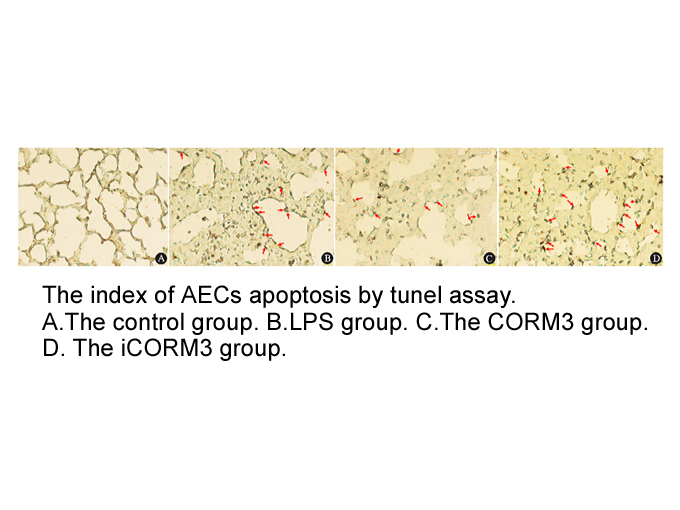
Additional support for a role of HMGN1 in enhancing DNA repair comes from studies of transcription-coupled repair (TCR) in human cells. Lesions in the template strand of DNA induced by UV light stall the movement of RNA polymerase II (RNAPII) and interrupt transcription. Removal of these transcripti
-
br Results br Discussion By
2024-08-07

Results Discussion By using an unbiased proteomic screen for xCT binding partners, followed by functional validation, we have made the surprising discovery that mTORC2 regulates amino nebivolol hcl synthesis metabolism in tumor cells by phosphorylating serine 26 of the cystine-glutamate antip
-
Last decade has provided a number of studies indicating that
2024-08-07
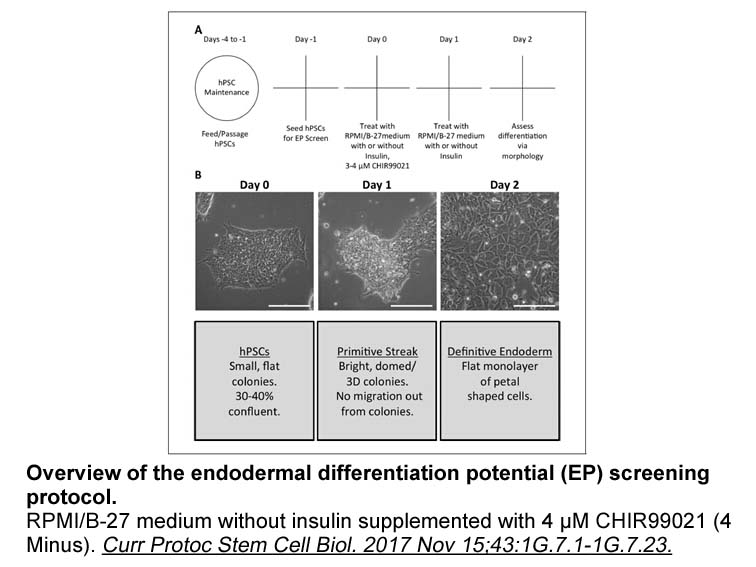
Last decade has provided a number of studies indicating that AhR signaling could play a role both in the development and in progression of multiple cancer types, with potential implications for cancer therapy (for review see (Kolluri et al., 2017; Murray et al., 2014)). Activation of AhR is consider
-
The theoretical calculations of ADME parameters
2024-08-07
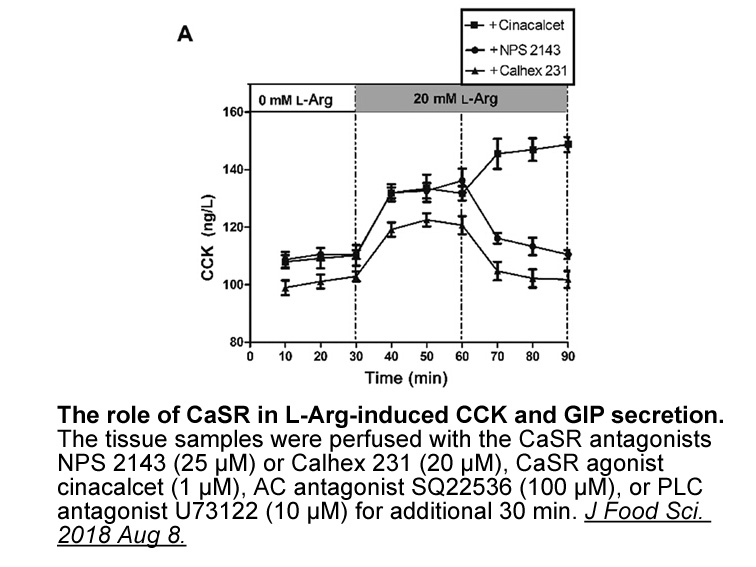
The theoretical calculations of ADME parameters (molecular weight (MW), log P, topological polar surface are (tPSA), number of hydrogen donors (nON) and acceptors (nOHNH), and volume) and DLS are presented in along with the violations of Lipinski’s rule. According to these data, all compounds (–) c
-
The hypothalamic pituitary adrenal HPA axis is a neuroendocr
2024-08-07
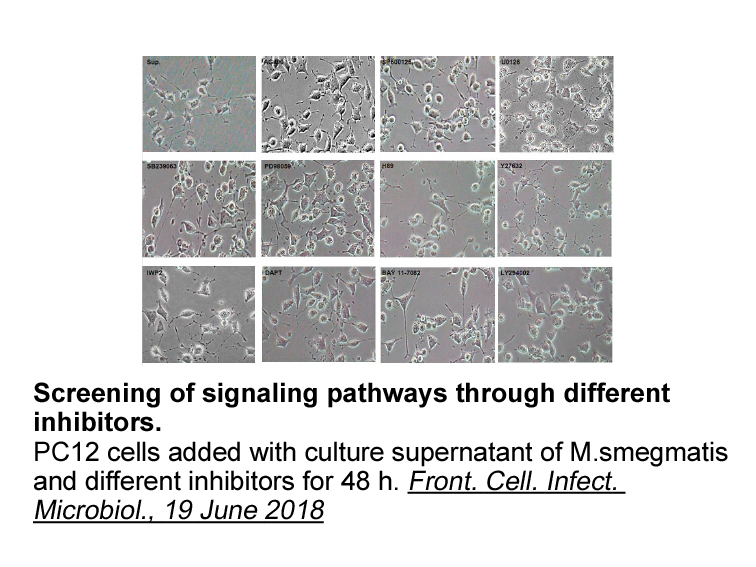
The hypothalamic-pituitary-adrenal (HPA) axis is a neuroendocrine system that is central to regulating responses to stress (Palazidou, 2012). In older persons, a high dysfunction of the HPA axis is observed (Otte et al., 2005) which may be enhanced by stimulatory effects of genes involved in the axi
-
Later the same group designed and
2024-08-07
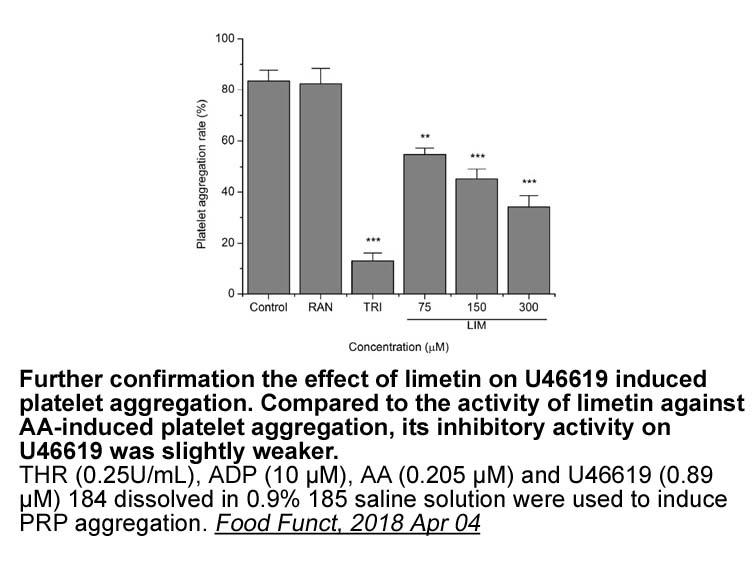
Later, the same group designed and prepared several Δ16-steroidal C17 benzoazoles and pyrazines and evaluated their CYP17 and 5α-reductase inhibitory activities, binding to and transactivation of the AR, as well as their antiproliferative effects against two human PC cell lines (LNCaP and LAPC4) [18
15040 records 102/1003 page Previous Next First page 上5页 101102103104105 下5页 Last page